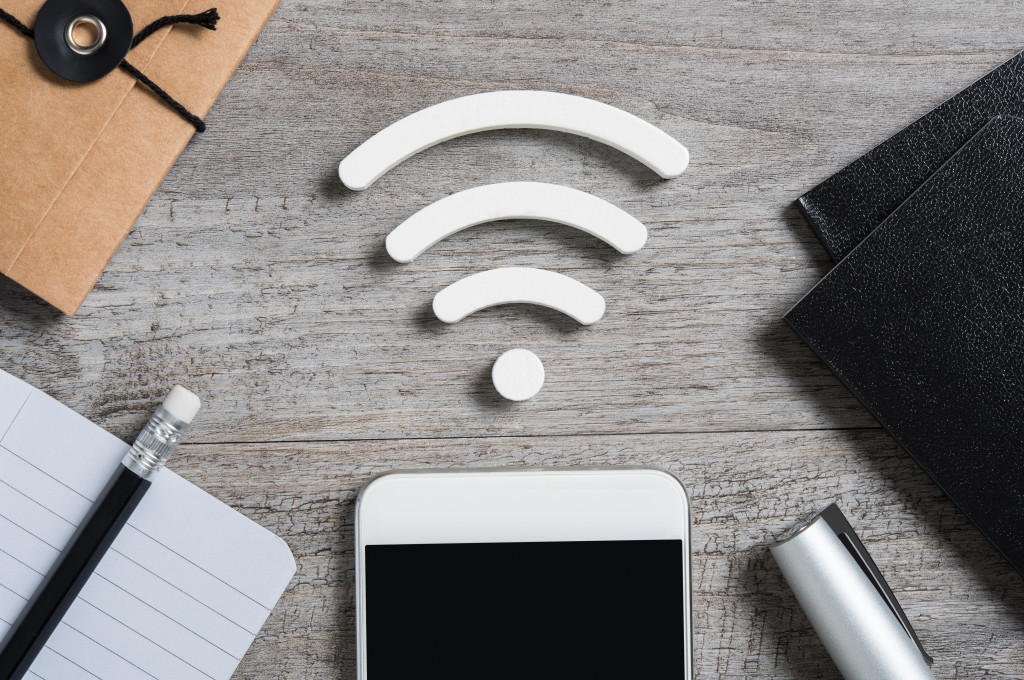- Thick walls, metal infrastructure, and tinted windows can cause poor cell signal in high-rise buildings.
- Weak signals can affect occupants’ productivity, communication, and emergency responses.
- Solutions to improve cell signal include cellular enhancement solutions, Wi-Fi calling, Femtocell, and moving to a higher floor.
- Resolving the problem of weak signals should be a priority for building owners and managers.
Have you ever experienced the frustration of having a poor cell signal in your high-rise building? No doubt, it can be a real problem, especially when you need to make an important phone call or have an urgent work deadline to meet. Here are some of the most common causes of poor cell signal in high-rise buildings and provide some practical tips on resolving it.
Causes of Poor Cell Signals in High-Rise Buildings
Poor cell signal in high-rise buildings can be attributed to various factors. One common cause is the building’s construction materials, which can block electromagnetic signals. Thick walls, metal infrastructure, and tinted windows can prevent cell signals from penetrating the building and reaching your device. Meanwhile, nearby buildings or structures can also contribute to poor signal quality by interfering with incoming calls.
Additionally, overcrowding in a particular area may lead to network congestion, causing cellular service to slow down or drop altogether. Understanding these causes can help determine the best solution to improve cell signal within high-rise buildings, such as installing signal boosters or antennas on the roof.
How Poor Cell Signals Affect Building Occupants

Poor cellular signals are a common problem within buildings that can affect the productivity and communication of occupants. It can be frustrating to experience dropped calls, slow internet speeds, or no reception, especially when trying to complete essential tasks. The lack of a signal can also affect emergency communication, making it difficult for first responders to locate those in need.
Additionally, when occupants resort to moving closer to windows or outside to get a signal, it can create safety hazards. Whether due to building materials, location, or other factors, addressing poor cellular signals should be a priority for building owners and managers. By implementing solutions such as repeaters or boosters, occupants can have reliable passwords and enjoy a safer and more productive environment.
Tips for Improving Cell Signals in High-Rise Buildings
Tall buildings can obstruct cell signals, leading to dropped calls, poor connections, and weak internet speeds. However, this does not mean you can’t improve your cell signals. Here are some essential tips for enhancing cell signals in high-rise buildings. These include cellular enhancement solutions, Wi-Fi calling, Femtocells, and identifying the best spot on the building to get more full alerts.
1. Cellular Enhancement Solutions (Cell Signal Booster)
A signal booster is a device that boosts signals by receiving weak signals from cell towers and amplifying them to improve cell signals. For high-rise buildings, a signal booster can be an excellent option for enhancing cell signals and eliminating the problem of weak signals.
A cellular enhancement solution often consists of three main pieces – an external antenna, an amplifier, and an internal antenna. The external antenna is mounted outside the building, capturing the weak cell signals from cell towers. The signs are then sent to an amplifier, which boosts them before sending them through the internal antenna inside the building, providing a stronger signal.
2. Use Wi-Fi Calling

Wi-Fi calling can be an excellent option if you have a weak cell signal but access to Wi-Fi. Making calls over Wi-Fi networks can reduce the problem of weak signals in high-rise buildings as it does not use the cell signal to make and receive calls. If you’re unaware of this feature, all modern smartphones support Wi-Fi calling, which can be easily enabled in your phone settings.
3. Install a Femtocell
Another way of boosting cell signals in high-rise buildings is by installing a Femtocell. A Femtocell is like a mini cell tower that connects to your phone service provider, providing a more robust signal inside the building.
Femtocell is an excellent option for those living where cell towers are unavailable or have a weak signal. However, it is essential to note that Femtocell requires a separate internet connection to function, as it transmits data and calls through the internet.
4. Move to a Higher Floor
Sometimes, the solution to weak signals can be as simple as changing your location within the building. Typically, the higher you move up the building, the stronger the movement will become. This is because the higher you are, the less likely it is for tall buildings or other obstructions to block your cell signals.
Final Thoughts
In conclusion, poor cell signal can be a real problem in high-rise buildings, but you can follow many practical tips to resolve it. By identifying the cause of your weak signal and implementing some tips we’ve discussed here, you can significantly improve your signal quality, and enjoy seamless communication and connectivity. Remember, exploring different options is always worth seeing what works best for you.




